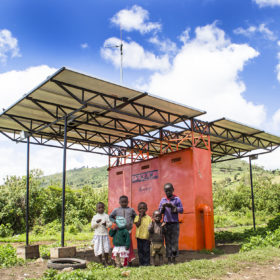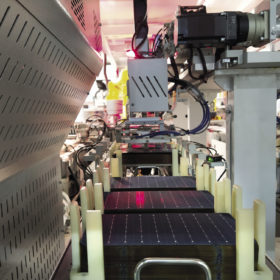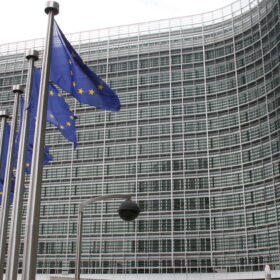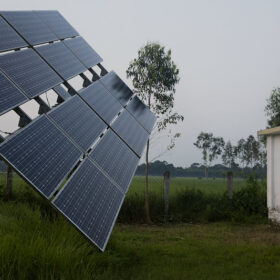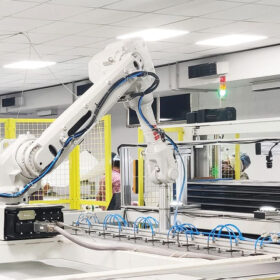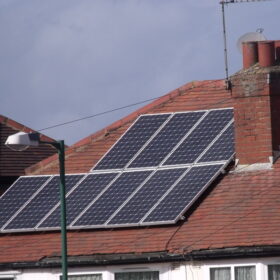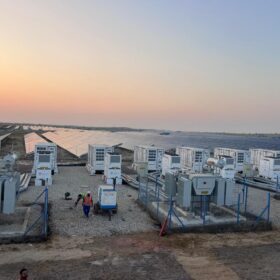Ensuring a just and inclusive energy transition for the Global South
Amid calls for an immediate transition to renewable energy, it’s important to ensure that aspects such as domestic resource utilization, the cost of transition, and the impact on the population are not overlooked.
India’s solar module exports to USA to keep rising till FY 2025
Indian solar module manufacturers will have significant opportunities until July 2024 to sell their products in the USA market. However, their exports to the USA may start stagnating from 2025 and declining from 2027 onwards as the USA develops domestic capacities under its Inflation Reduction Act (IRA), according to a new report by IEEFA and JMK Research.
SPDA rebrands to represent entire energy transition spectrum
The Solar Power Developers Association (SPDA) is now Sustainable Projects Developers Association (SPDA), representing solution providers across solar, wind, hybrid, battery energy storage systems, green hydrogen and green ammonia sectors.
EU solar lobby urges ban on forced labor in solar products
The European Solar Manufacturing Council says that the European Commission should ban all products made with forced labor to ensure the future of the European PV manufacturing sector.
Israel temporarily waives 600 KWh energy storage permits due to war
The Israeli planning regulator says that some storage facilities will not need permit approvals over the next 18 months.
Will New Delhi hear the call from solar developers?
Falling solar equipment prices, bulk module orders, and an expansion in domestic solar manufacturing capacity are driving a solar boom in India. The government can add further impetus if it tweaks domestic content rules.
European Parliament committees approve draft regulation on forced labor
The European Parliament’s Internal Market and International Trade committees have approved and amended a proposal to create a global list of regions and industries with a high risk of forced labor.
Bangladesh introduces rooftop PV requirement for big, new buildings
Bangladesh has implemented a new rule stating that new buildings with rooftop spaces exceeding 92.2 square meters must install net-metered solar power systems as a prerequisite for grid connection.
Recipe for expansion
After years of debate, the Indian government made domestic manufacturing a central feature of renewables policy in 2021. The pivot came as the government sought economic growth and self-sufficiency following a border conflict with China. Vinay Rustagi, managing director of Bridge to India, says that trade barriers, subsidies, lower taxes, and demand growth have created the perfect recipe for expansion.
Harnessing the elements for renewable energy
Regions across India are carving their green legacy with distinct contributions to the solar and wind energy landscape.
